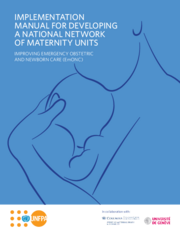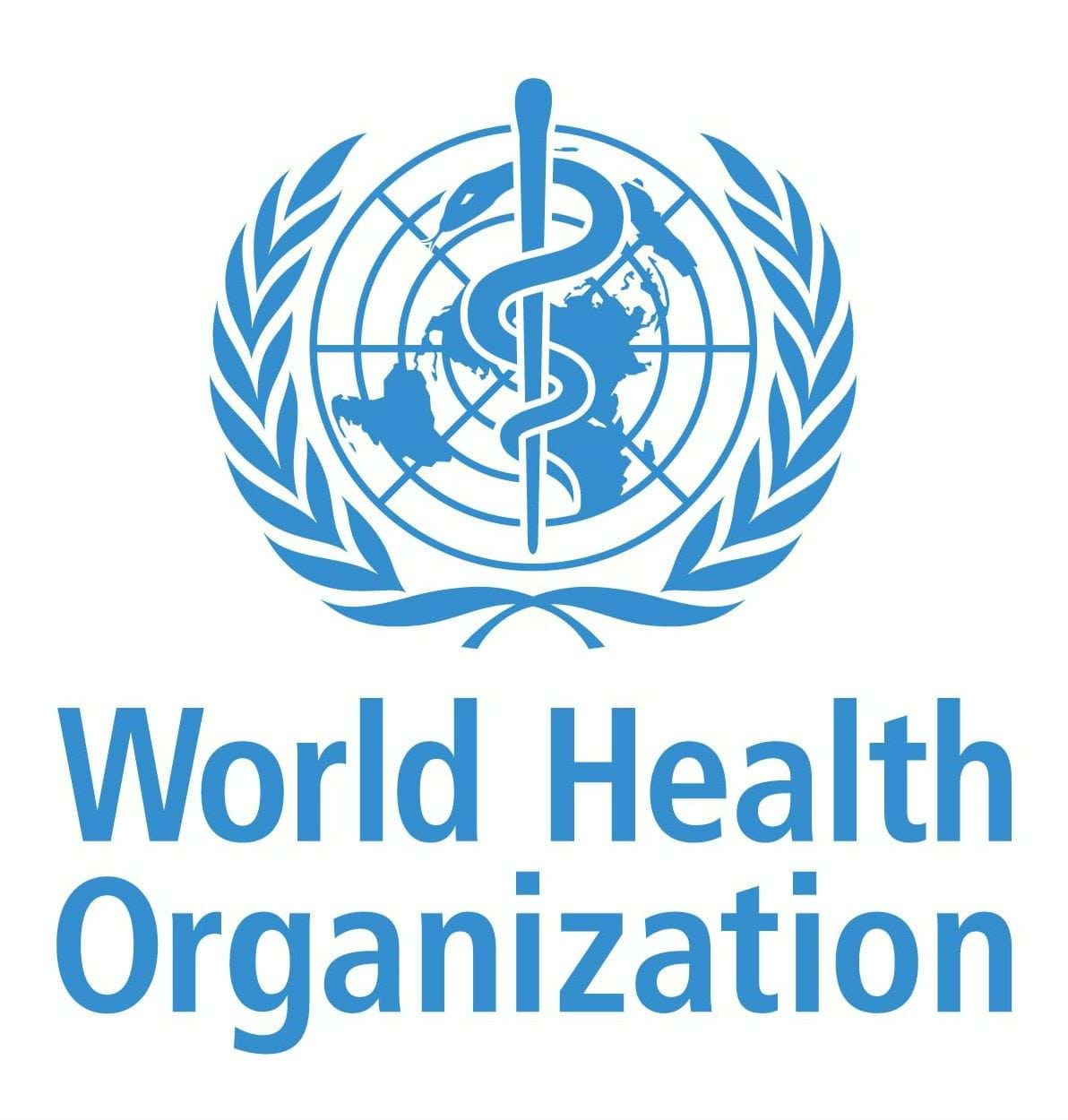UNFPA guide: Developing a national network of maternity units

Overview
Maternal mortality is decreasing globally, but not fast enough and with critical inequalities across the regions of the world. Dying while giving birth is not only an unacceptable human right violation but also a violence against women in times where the majority of the maternal deaths are preventable if appropriate healthcare is provided.
To achieve Sustainable Development Goals (SDG) 3.1 and 3.2i, every pregnant woman should have the possibility to deliver in a referral health facility that provides safe EmONC. Since the first International Safe Motherhood Conference, held in Nairobi in 1987, there has been much reflection on the provision of obstetric and newborn care and in 2009 the World Health Organization (WHO), the United Nations Children’s Fund (UNICEF), the United Nations Population Fund (UNFPA) and Columbia University’s Averting Maternal Death and Disability (AMDD) Program developed the “Monitoring emergency obstetric care” handbook that describes the concepts of basic and comprehensive EmONC health facilities and the indicators that countries can use to plan and manage access to EmONC services.

.png?sfvrsn=6d0e27cd_1)



